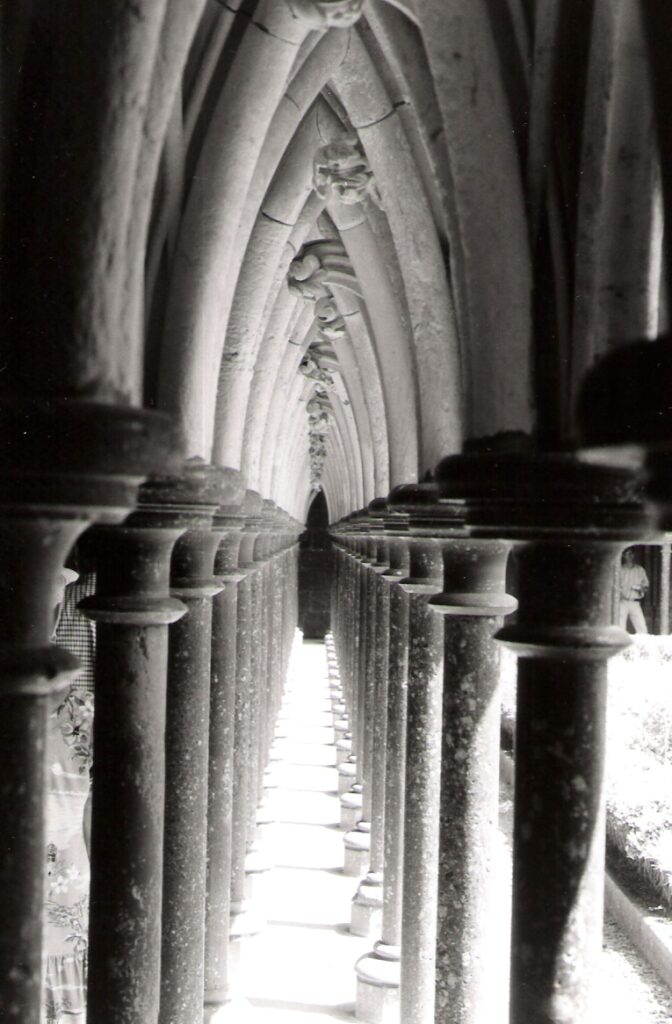
(Many of the photos in the Contemplation webpages
taken by myself in Mont. St. Michel, France.)
In the broadest, loosest sense, “contemplation” is to look at something and think intently about it. Contemplation as a spiritual practice comes in diverse forms across the globe across history. More specifically, and the sense in which I use it on this website, contemplation is the deepest final stage of meditative prayer within the Christian tradition. Perhaps most well-known as “Christian mysticism”, which focuses on exceptional or esoteric experiences attained through Christian meditative practices, I prefer “contemplation” as the focus (properly, in my view) is on the spiritual practice and tradition of discipline rather than on “experience”.
Contemplation is from the Latin “contemplatio”, which was how the early Christians translated the Greek word “theoria” – a concept in ancient Greece that was more a holistic practice and way of life than our one-sidedly intellectual view of “theory” means today. The early Christians meant contemplation in this holistic practice sense, too; a means of transforming one’s whole self and orientation. Christianity innovates its own distinctive form of contemplation from Greek and Hebrew sources.
Within the Christian contemplative tradition itself, a distinction is made between “meditation” (which is intense discursive thinking about a spiritual topic, usually a Scripture passage) and “contemplation” (which is nondiscursive, nonthinking awareness, understood as a deeper spiritual level of absorption into God). This distinction can be a bit confusing in today’s world, as Eastern forms of meditation, like Buddhism for example, have become well-known (while, ironically, Christian forms of contemplation have been largely forgotten). To put it simply, Christian contemplation is more similar to Eastern meditation than it is different.
The Contemplation webpages give some background to, and contemporary representatives of, Christian contemplation. It is not exhaustive: to the extent that “the Christian contemplative tradition” is also “the Christian mystical tradition”, there is far too much historical as well as current material. Rather it presents a very selective view. The webpages also give some examples of contemplation at the boundaries and beyond of “Christianity proper”, such as interspirituality.

